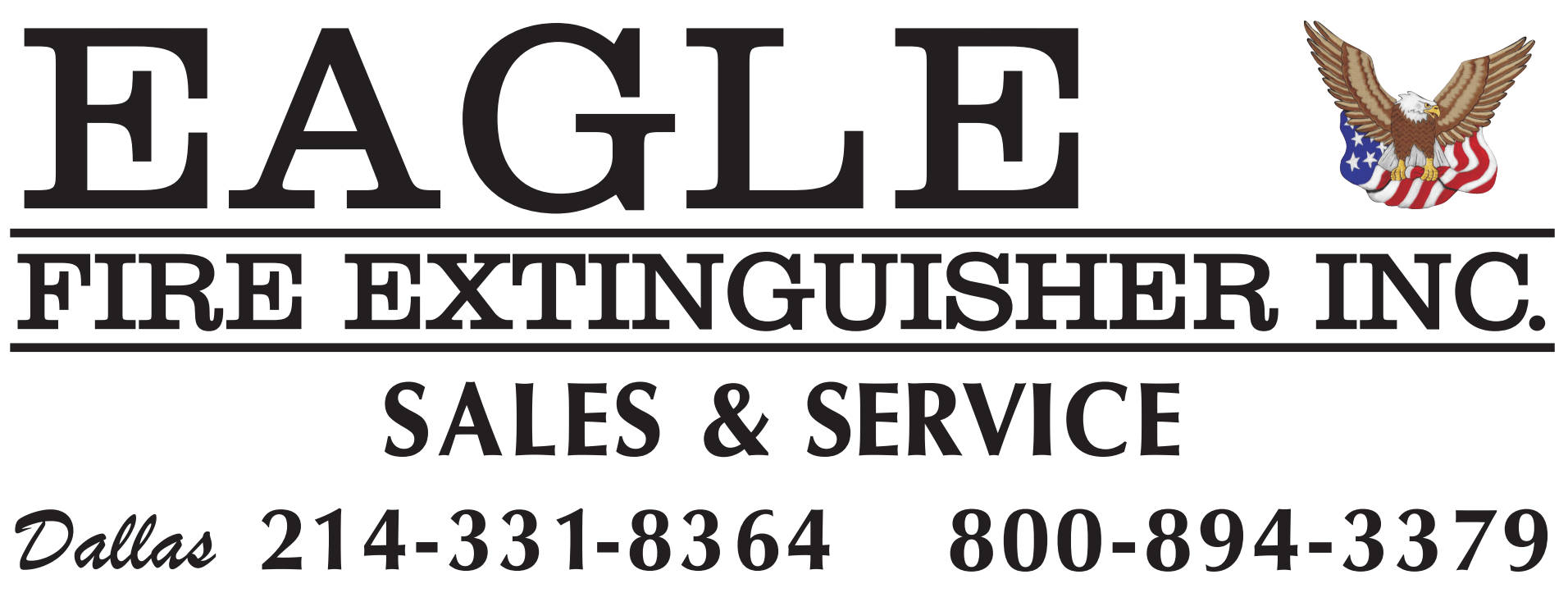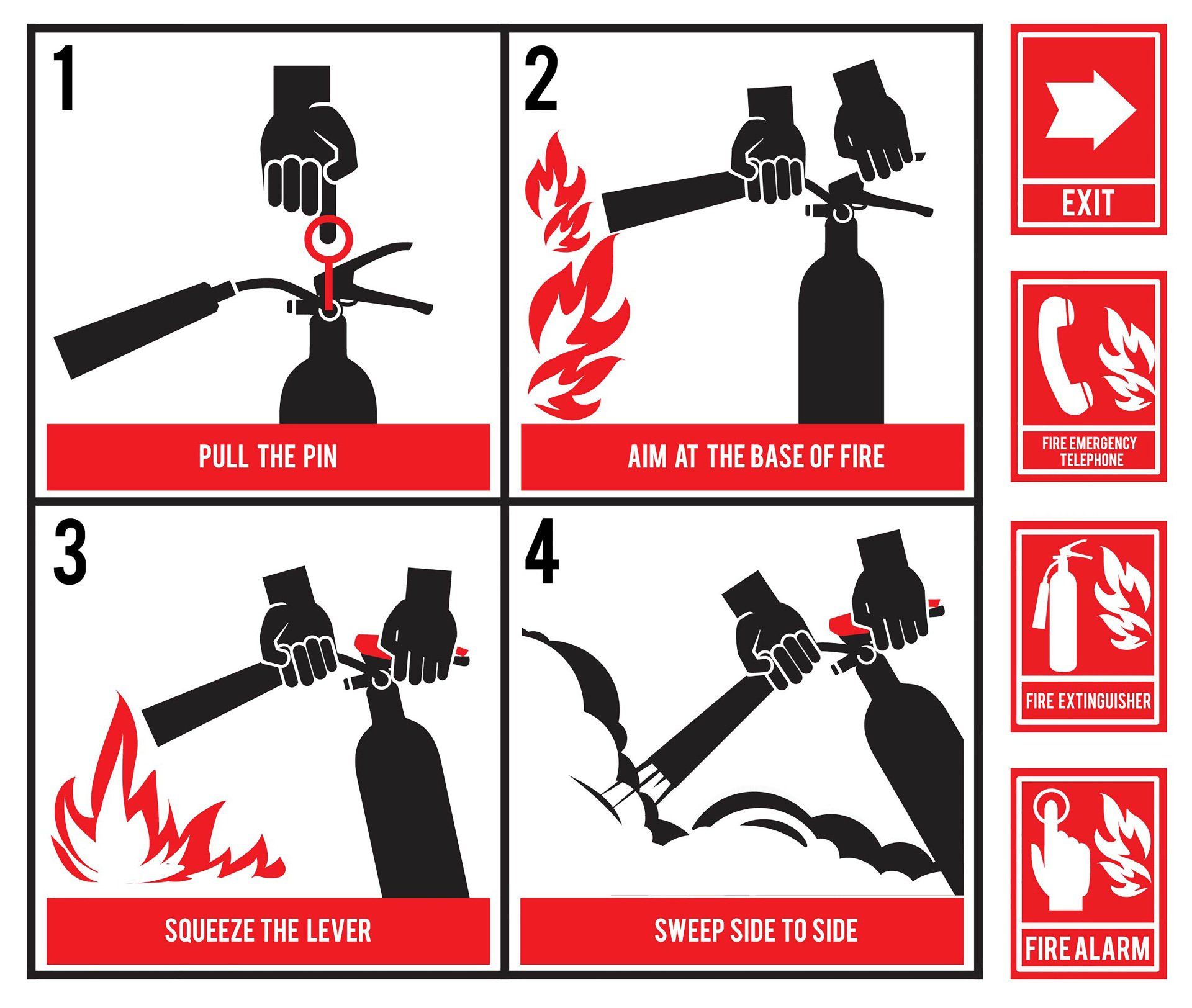CALL US TODAY
214-331-8364
Fire Safety
Class A
Class A extinguishers are for ordinary combustible materials such as paper, wood, cardboard, and most plastics. The numerical rating on these types of extinguishers indicates the amount of water it holds and the amount of fire it can extinguish.
Class B
Class B fires involve flammable or combustible liquids such as gasoline, kerosene, grease, and oil. The numerical rating for class B extinguishers indicates the approximate number of square feet of fire it can extinguish.
Class C
Class C fires involve electrical equipment, such as appliances, wiring, circuit breakers, and outlets. never use water to extinguish class C fires - the risk of electrical shock is far too great! Class C extinguishers do not have a numerical rating. The C classification means the extinguishing agent is non-conductive.
Class D
Class D fire extinguishers are commonly found in a chemical laboratory. They are for fires that involve combustible metals, such as magnesium, titanium, potassium, and sodium. These types of extinguishers also have no numerical rating, nor are they given a multi-purpose rating - they are designed for class D fires only.
Class K
Class K fires are fires that involve vegetable oils, animal oils, or fats in cooking appliances. This is for commercial kitchens, including those found in restaurants, cafeterias, and caterers.
Clean Agent
Clean Agent extinguishers is an environmentally friendly alternative and do not leave any type of residue. Clean agent extinguishers are effective on all Class B and C which involve petrol, oil, propane, and butane. Due to the agent not being conductive and delicate it can also be used for electrical fires and will not damage any equipment.
Service Areas
Dallas, Fort Worth, Arlington, Desoto, Mansfield, Keller, Garland, Rockwall, Royce City, Allen, Plano, Frisco, Mickinney, Irving, Las Colinas, Coppell, Grapevine, Southlake, Duncanville, Midlothian, Waxahachie, and surrounding areas.
BROWSE
OUR WEBSITE
CONTACT
INFORMATION
Phone: 214-331-8364
Toll Free: 800-894-3379
Fax: 214-331-7650
Address: 4430 Brass Way, Dallas, TX 75236, USA






HOURS OF
OPERATION
- Monday
- -
- Tuesday
- -
- Wednesday
- -
- Thursday
- -
- Friday
- -
- Saturday
- Closed
- Sunday
- Closed
Content, including images, displayed on this website is protected by copyright laws. Downloading, republication, retransmission or reproduction of content on this website is strictly prohibited. Terms of Use
| Privacy Policy

